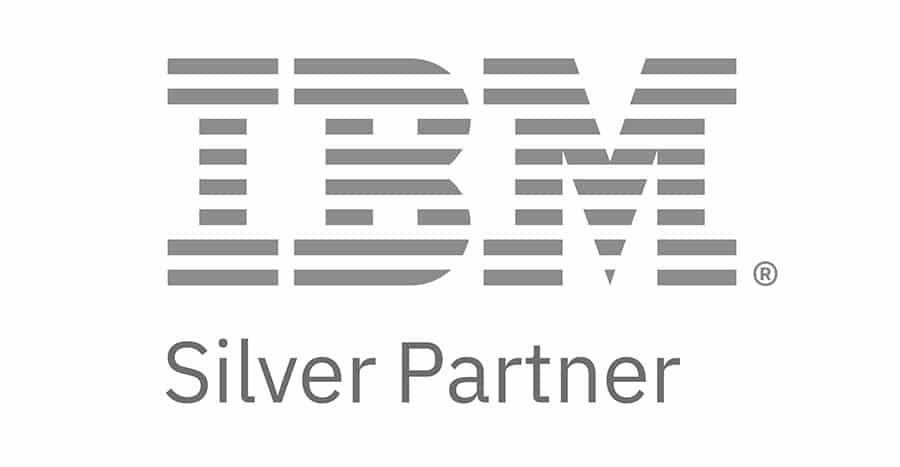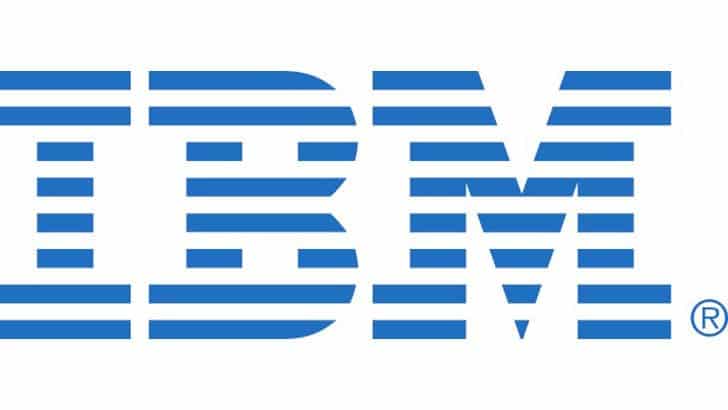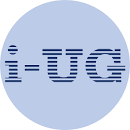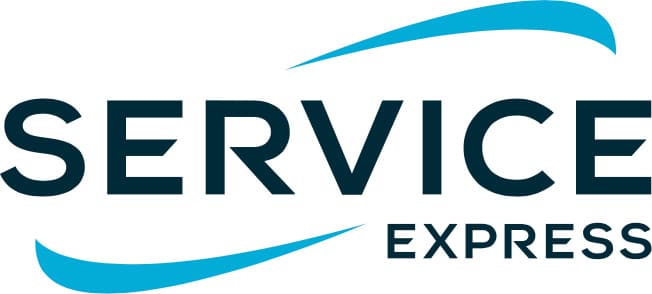About Us
The IMS team have successfully helped businesses across a wide range of sectors make the most of their existing IBM i system for over 30 years.
For business continuity purposes, we encourage all our clients to take a proactive approach to their system maintenance, or at the very least to conduct regular System Audits to pre-empt potential issues. Not only does this ensure swifter issue resolution, but also may even prevent issues from arising in the first place.
OUR PERFORMANCE
98% of support calls rated 5/5*
94% of our customers are satisfied with the technical knowledge of the IMS team
92% of customers are extremely or very satisfied with IMS services
*Based On Average Of 4202 Actual Ratings From June 2018 To June 2022

“Always provide a friendly efficient service”

“Great team to work with”

“Excellent support”
For information about some of our projects:
VISIT OUR KNOWLEDGE HUBBusiness Partners
Complimentary System Audit
Request a free 1-day audit to review your IBM i for valuable insights into how to enhance your system performance.
Request your system audit










